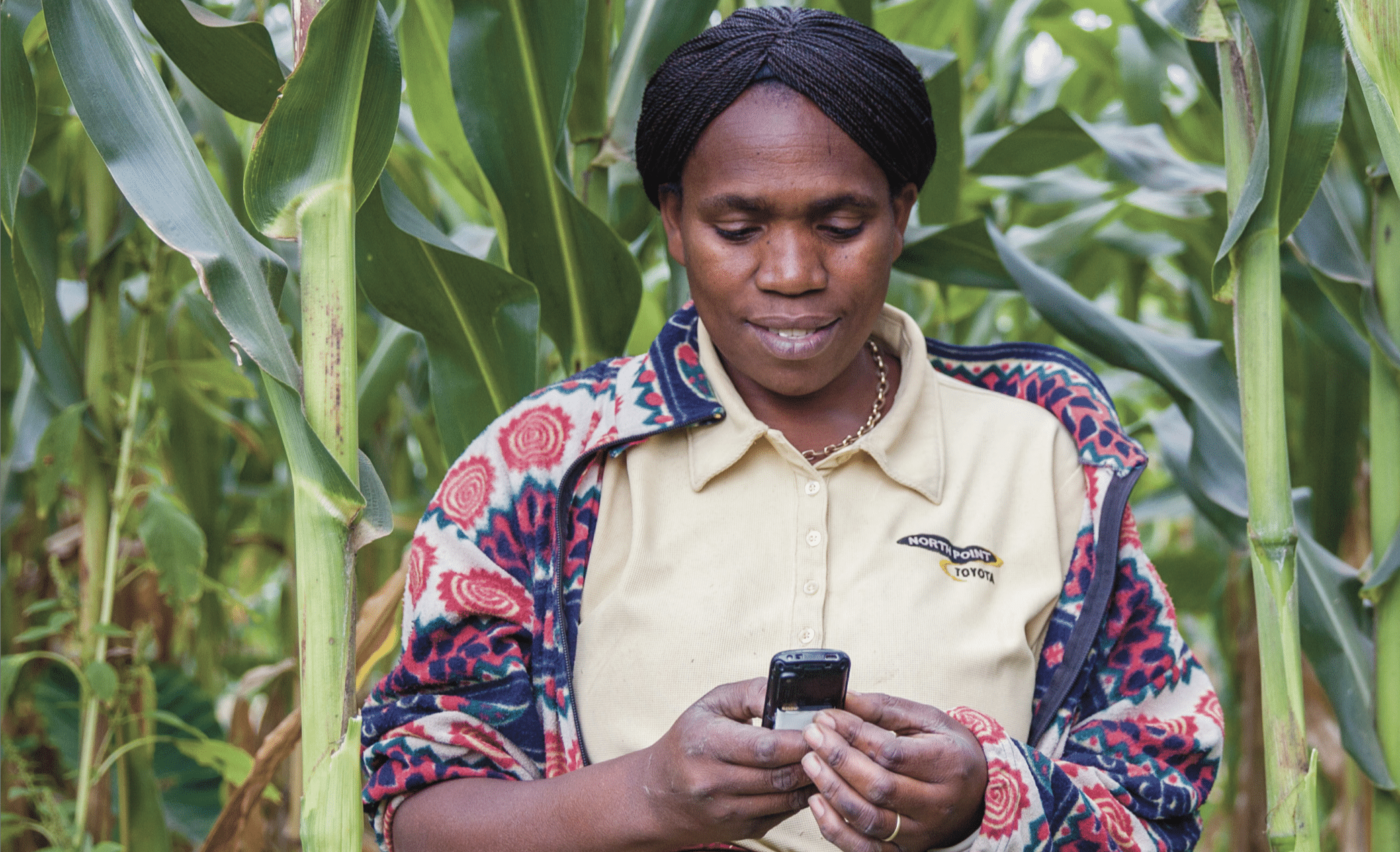Remittances are a pivotal, though often unseen, driver of economic growth across Africa, in particular having a positive pro-poor effect on health, education and human capital development. The continent’s remittance economy has grown quietly and organically, taking up an essential role not just as a safety net, but also as a catalyst for entrepreneurship. Why is this so important? Because it changes how we should think about remittances: these flows are international development finance by another name, with the potential to be highly targeted, efficient and effective.
Remittances are an efficient, impactful and resilient form of development capital. FSD Africa has supported research by Cenfri which shows that the value of remittances in sub-Saharan Africa (SSA) is almost equal to that of “traditional” foreign capital flows such as overseas development assistance (ODA) and foreign direct investment (FDI). And their impact is potentially greater – especially in areas like health and education. In 2015, the region received USD39 billion in FDI and USD37.1 billion in ODA, compared to USD34.6 billion in remittances. However, between 2012 and 2015, formal flows of remittances grew at a higher growth rate than both FDI and ODA. If we isolate the UK as a source of capital, between 2015 and 2016 remittance flows actually overtook the value of ODA and FDI combined. Cenfri’s most recent case study, Remittances in Uganda, tells us that remittances from the UK to Uganda amounted to USD275 million annually – more than double the amount of foreign aid from the UK.
Yet the cost to send money home remains high. The average cost of remittances to SSA is over 9% of the value of the transaction, compared to a global average of 7% (we dig deeper into this in our infographic on the cost of remitting money from the UK). We want to bring these costs down. Signatories to the UN’s Sustainable Development Goals have pledged to reduce the average transaction costs of remittances to less than 3% of the amount transferred by 2030, with no remittance corridor costing more than 5%.
Our new research, Moving Money and Mindsets, shows an exciting new trend towards transferring money online. In 2016, 90% of remittances from the UK were being paid in cash at an agent. Fast forward two years, and we found that roughly half of focus group members now use online services – a significant and rapid switch in behaviour. Online remittances providers – like WorldRemit, Wave and TransferWise – not only provide transparency, security and convenience but are also significantly cheaper. It costs almost £16 to send £120 from the UK to Ethiopia in cash using an agent. The same amount costs only £6 to send online. Switching online clearly makes economic sense, so why stick to cash?
Some remittance markets are simply “stickier” than others. In countries with underdeveloped payment systems – like Zimbabwe, Sierra Leone and the DRC – cash is still king. For example, in the DRC, less than 10% of people have a bank account, and mobile money is virtually non-existent. Other barriers to switching to online services include the registration process, perceived security issues and technological barriers for older people. The solutions range from relatively easy quick fixes like simplifying the registration process and marketing online services to customers to longer-term interventions designed to develop digital payment infrastructures in Africa. Our Risk, Remittances and Integrity (RRI) Programme is working at the individual, regional and global levels to remove these barriers to switching to online, and to bring the transfer costs down. Cash may still be king in some countries in Africa, but cash is costly and with digital alternatives on the rise, its reign may be nearing its end.
Read FSD Africa’s new research, “Moving Money and Mindsets” here.




